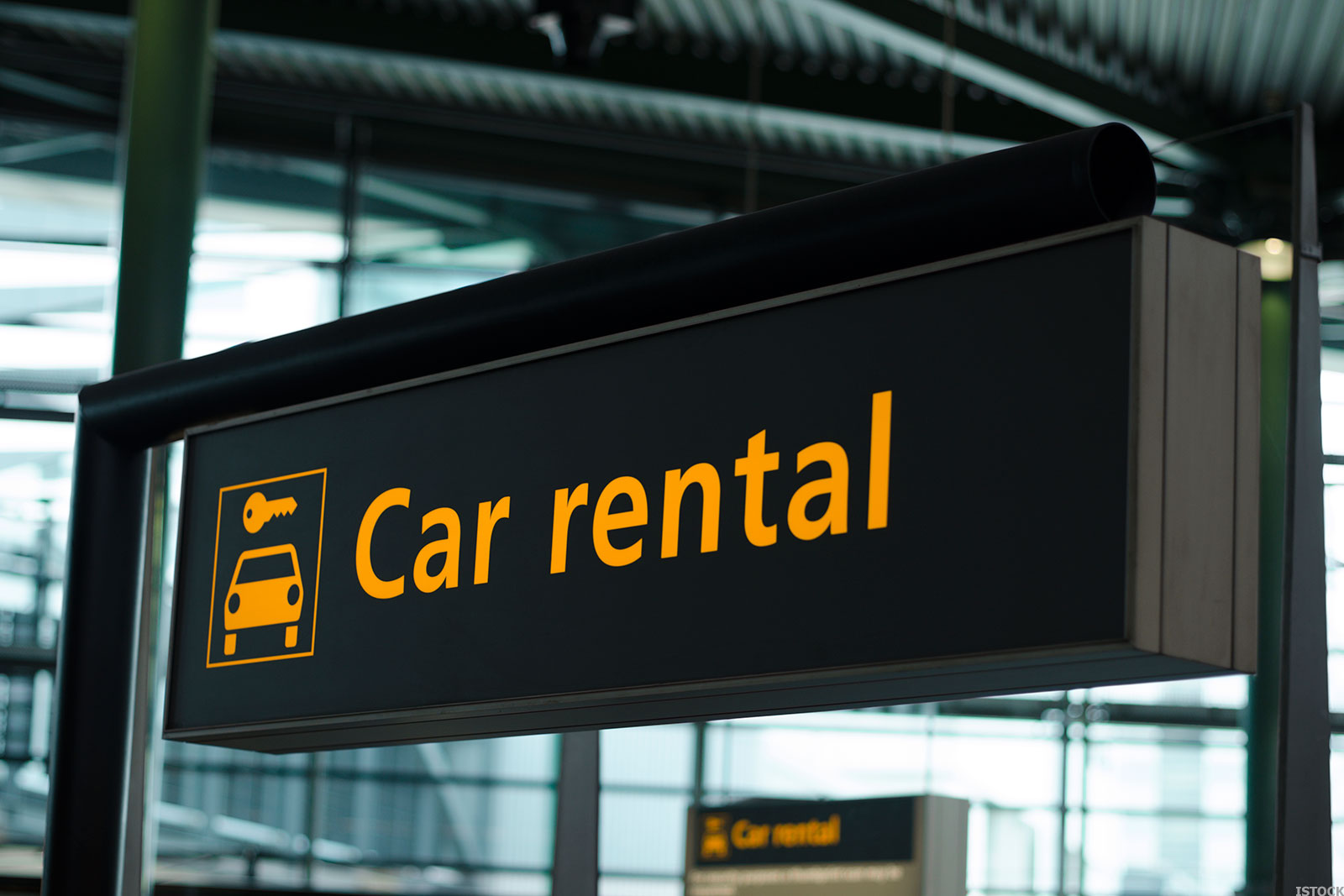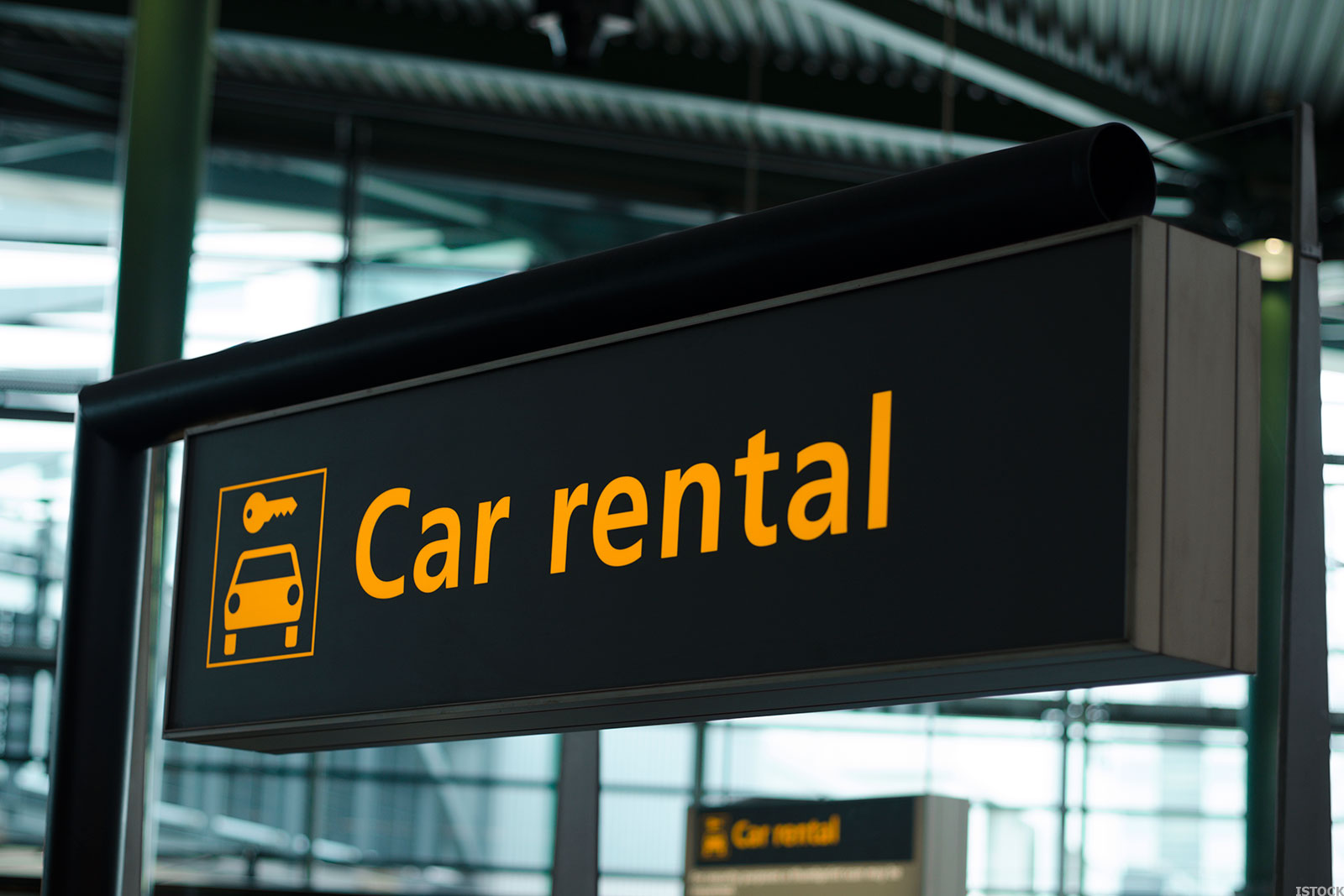My Finances Today — I rented a car a couple of weeks ago and thought I had scored a great deal at $150 for three days. When I got to the counter and was asked whether I needed any insurance, I froze like a deer in headlights.
I knew my credit card had some insurance coverage, but I couldn’t remember exactly what it covered. As a result, I ended up opting for two pieces of insurance that, in the end, were unnecessary and increased my bill to $225.
That got me thinking: What type of coverage do you really need when renting a car?
First, let’s examine the main types of insurance policies that rental car companies offer:
-
Loss/Collision Damage Waiver: You may also see this policy referred to as LDW, CDW, or DW. Whatever the policy is called, it generally covers damages to the rental car as well as towing costs and other related expenses. This is often the most expensive insurance, totaling $20 to $30 a day.
-
Supplemental Liability Insurance: This policy covers damage to other property, including other cars, that you may damage while driving your rental car, as well as medical expenses for passengers in other vehicles. This coverage costs about $10 to $15 a day.
-
Personal Accident Insurance: This insurance covers medical costs for you and your passengers if you’re involved in an accident. It costs around $5 a day.
-
Personal Effects Insurance: This covers the loss of items you keep in your rental car should it get stolen or broken into. Sometimes this coverage is lumped into Personal Accident Insurance. When separate, coverage typically costs less than $5 a day.
You may not need to opt for the insurance you’re offered, however. That’s because you may already have existing insurance policies that overlap with the coverage rental car companies are offering. Below are some ways your existing insurance policies or credit cards may cover you.
-
Existing Car Insurance: If you own a car and have insured it, your policy likely covers collision, theft, vandalism and liability, so you may not need the loss/collision damage waiver and the liability insurance. That said, if your primary policy is a bare-bones one, has an extremely high deductible or has low coverage limits, it may still make sense to opt into loss damage waiver and liability insurance.
Erik Chiprich, a New York-based agent at State Farm Insurance, notes that people who don’t own cars can still get coverage for those times when they drive. “Non-owned auto insurance policies are for people who don’t own cars,” he says. “It protects them when they rent or borrow cars.”



